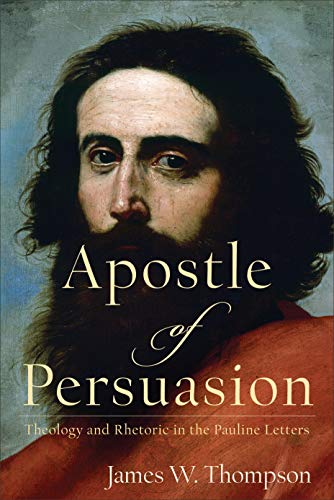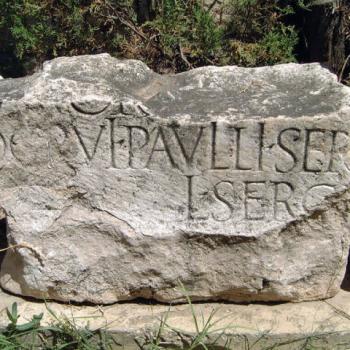Q. I was pleased to see your comment on the fact that a thanksgiving period was not a stock item in ancient Hellenistic letter writing. Nor for that matter is ‘the body middle’ an ancient category as described in the epistolary handbooks of the 2nd-3rd century A.D. One of the things that has constantly frustrated me about the way Paul’s letters have been analyzed is that rhetoric was a regular and major part of ancient education beginning with the progymnasmata, and there had long been guidance about the art of persuasion, but letter writing of the sort we find in Paul, or any sort, did not already have set conventions until after the time of Paul. In fact, one exercise in the progymnasmata was ‘how to write a letter in good rhetorical form’. In other words, rhetorical conventions were primary, epistolary ones secondary. And yet still today most Pauline scholars don’t realize this fact, and keep placing the emphasis on the wrong thing, or worse read into ancient letters modern epistolary categories like the ‘body middle’. I wonder if you have had the same frustration or how you view this matter?
A. When I first studied exegesis, I learned how much Deissmann taught us about the form of the ancient letter. The more I examined this, I realized how little we learn from the fragments published by Deissmann and then others. I am more convinced that Paul created a new genre. I find little in the handbooks (Demetrius, Libanius) that helps very much. I also find little help in Seneca’s letters in explaining Paul. Letters written to be read aloud to a gathered community and that speak for God have only partial parallels. Yes, I don’t find John White’s typology very helpful. Comparisons with ancient letters and speeches are helpful, but have major limitations.












